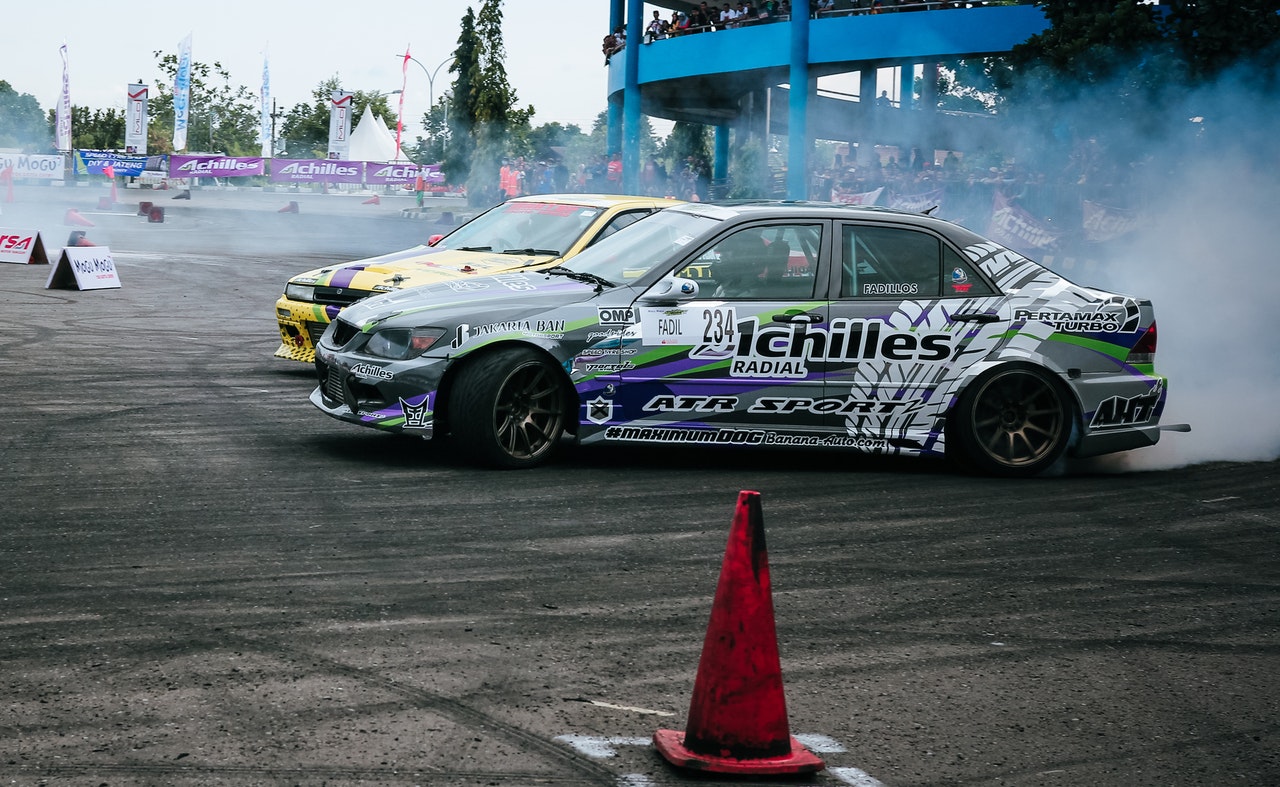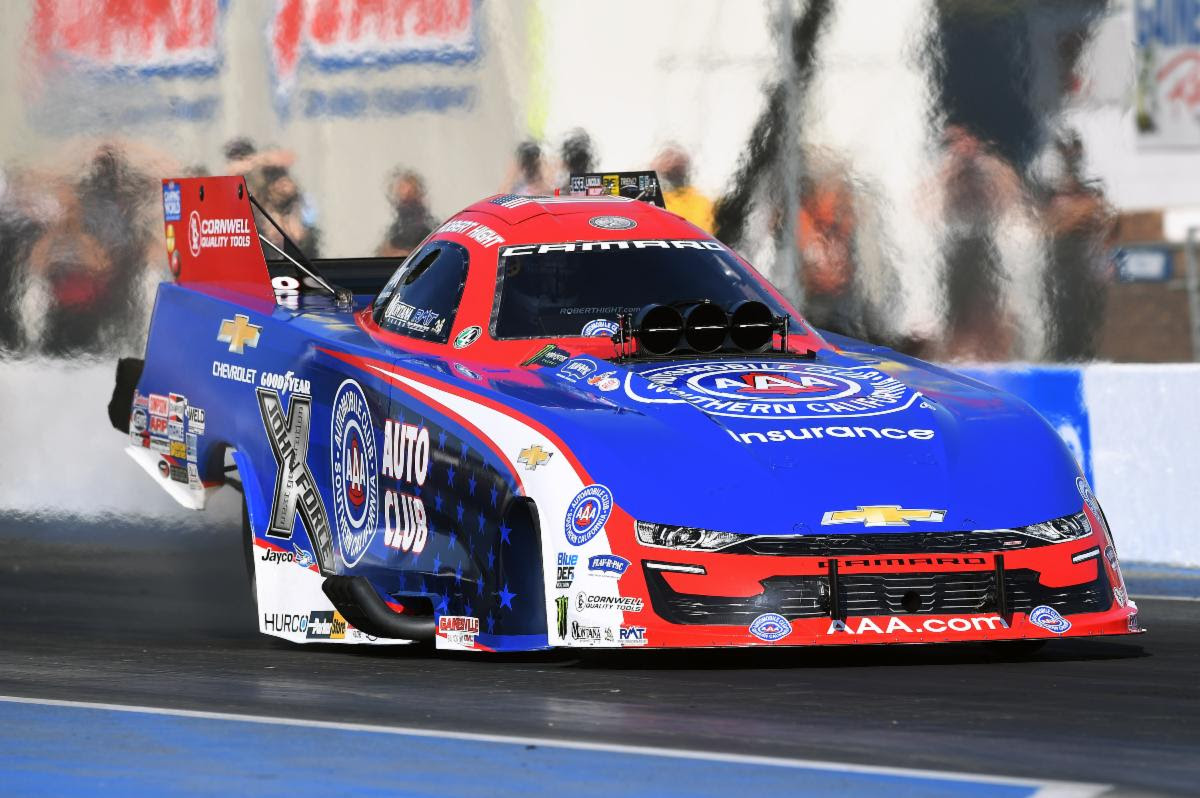Automotive is one of those areas where most developers dream of working at least once. Therefore, it is essential for all people always to be aware of all trends and updates.
What can an auto-motive give in the future?
How do we associate cars with everyday life? Most often, these are traffic jams and the need for maintenance. But if you think about something less every day – about what cars will be able to do in the future and what they will be able to give to future users, then excellent prospects are drawn:
- crewless vehicles;
- cities without traffic jams;
- remote diagnostics of the technical condition of the machine;
- augmented reality with projection of messages on the driver’s glass;
- gesture control.
And all this is only a tiny part. Suppose this all seems too futuristic. These are five levels of autonomy. It accepted graduation to measure the automation that enables autonomous driving. Currently, most of the cars are at the second level, but market leaders are already striving to get to 3+, where you can already observe what your car can do on its own. This will happen in about 3-4 years. Whoever can do it first will win the market.
Why is Automotive currently so interesting for technical specialists?
The complexity of systems. The complexity of the code and the vehicle system becomes a real challenge for any developer, tester, and technical specialist involved in the code. After this, every technical specialist can use annotated bibliography writing service to capture a large section of work practice.
The most important thing to know here is that the car code just has many lines—some statistics. The combat aircraft has 30 million lines of code, and the Boeing 787 contains 6.5 million code for control systems. Impressive, isn’t it?
If desired, the car can be printed on a 3D printer, but the software will still be quite complicated. It will be even more complicated, so over time. The development will take more and more of the cost of the car itself, which is generally excellent for ordinary people, as for IT specialists.
What are Automotive Teams doing? The Automotive direction is divided into three leading practices:
- Digital Cockpit. This is everything that is inside the cockpit.
- Autonomous Driving. It’s all about self-driving.
- Connected Mobility. This is about the interaction of cars with each other and with the surrounding infrastructure.
How can Automotive inspire you?
Firstly, wonder who will win this technology race and go to the third level of autonomy. This is a highly competitive industry, and many people like the level of challenges that lie ahead. This is about the complexity of the systems being developed and about the responsibility of management. Secondly, many entrepreneurs understand that their project is a real result of their work. It is not something distant and abstract.
And in Automotive, you can find all the mainstream areas: ML, IoT, Cloud, blockchain, 3D engines, 5G. Golang is becoming popular, C / C ++ for developing the car, and Java’s internal systems, Python, which supports the development and testing infrastructure, have not gone anywhere.
The importance of safety
Safety is an essential and vital option for a car, on which human lives will depend. The simplest example is seat belts, which save the lives of millions of people every year. But if we are talking about development, then technologies have gone further.
For example, active safety technology. These are various stabilization systems that take control of a car in critical situations. This subject area directly affects the complexity of Automotive development.
Use of mathematics and algorithms
Everything is based on devices such as radars, lidars (laser radars), cameras, ultrasonics. ADAS (Advanced driver-assistance systems) also uses navigation sensors, active mapping to detect its location on the map (so-called SLAM algorithms), and information from sensors in the car.
Mass production
Technological support for the infrastructure itself for building the car and the assembly line is an attractive separate area of work at Automotive. This area developed lidar calibration algorithms at the end of the pipeline, where C ++ and misalignment algorithms were used.







